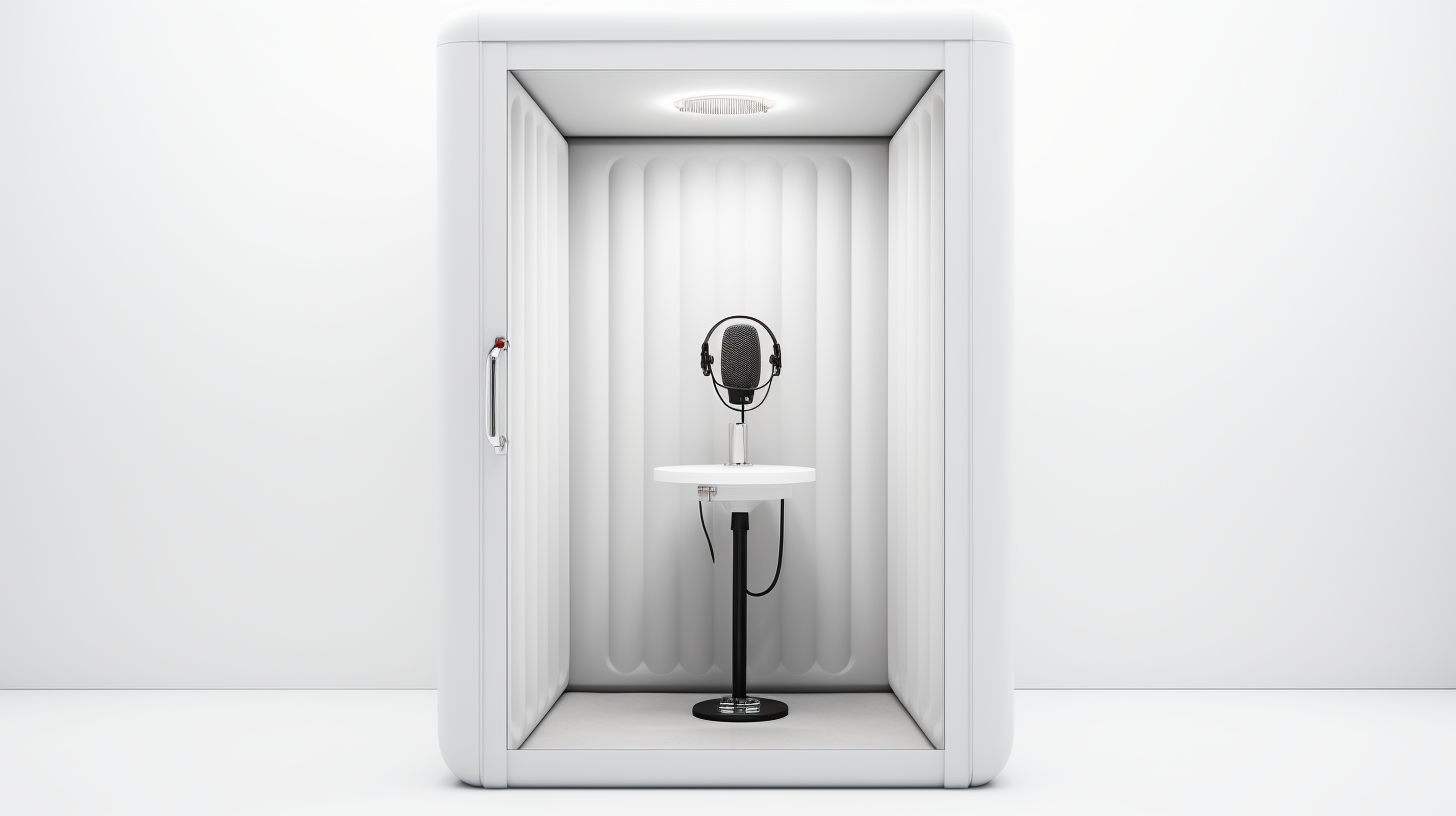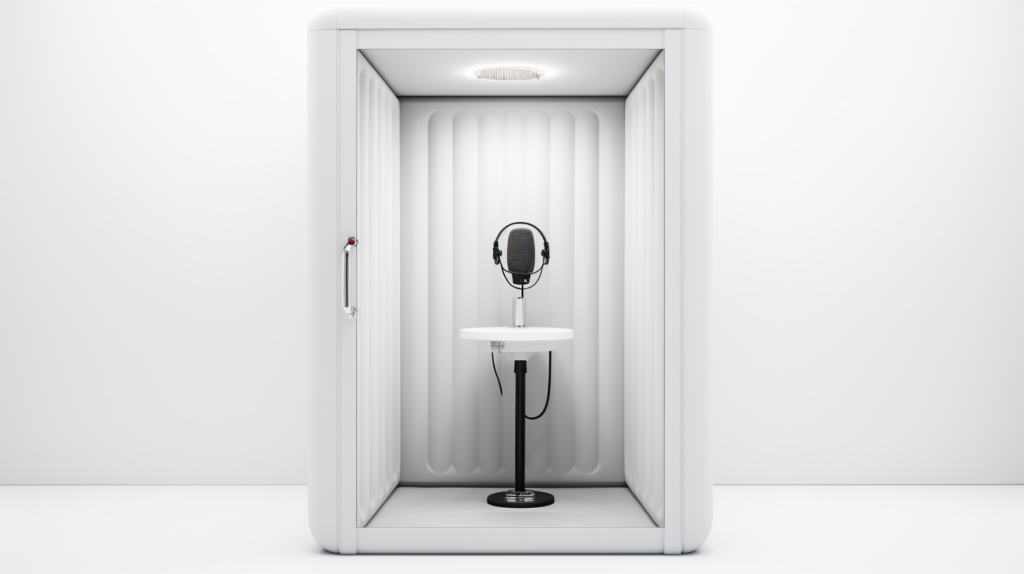
Table of Contents
Introduction -Managing Noise Without Absolute Proof
The search term sound proof box can have many meanings. Let’s examine both parts of this search term. First, there is no such thing as sound proofing. There is sound management but with sound or noise nothing is proofed. With noise there are no absolutes. With noise, our goal is to mitigate the noise issues so that they fall within certain designed parameters.
The term sound proof box can have many meanings. If we use the word box in the search term sound proof box, we must decide what the box is going to be used for. Are we trying to isolate an instrument from other sources of energy? Are we using the term sound proof box to describe an enclosure that will have a certain frequency and amplitude of sonic energy within the box. Let’s examine this search term sound proof box from a few perspectives.
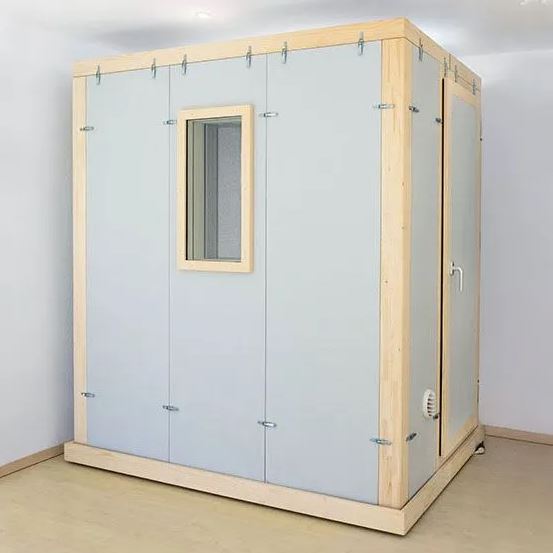
Designing a “Sound Proof Box”
Since we are using the term box, let’s make an assumption that we are considering a smaller unit that may be used to place an instrument in. Our acoustic goal with this device will be to isolate the chosen instrument from other sources of sound energy. We want to isolate the instrument from other sound sources so we can hear just that instrument. Using this example, we could use our sound proof box for isolation of vocals to be recorded.
Voice is an instrument just like a guitar or other instrument type. When we are using either an instrument or a voice, we must use a container that can manage the frequency and amplitude of the chosen sound source we are going to use. Every instrument or voice will require a different size sound proof box to work with the frequency and amplitude of the source energy.
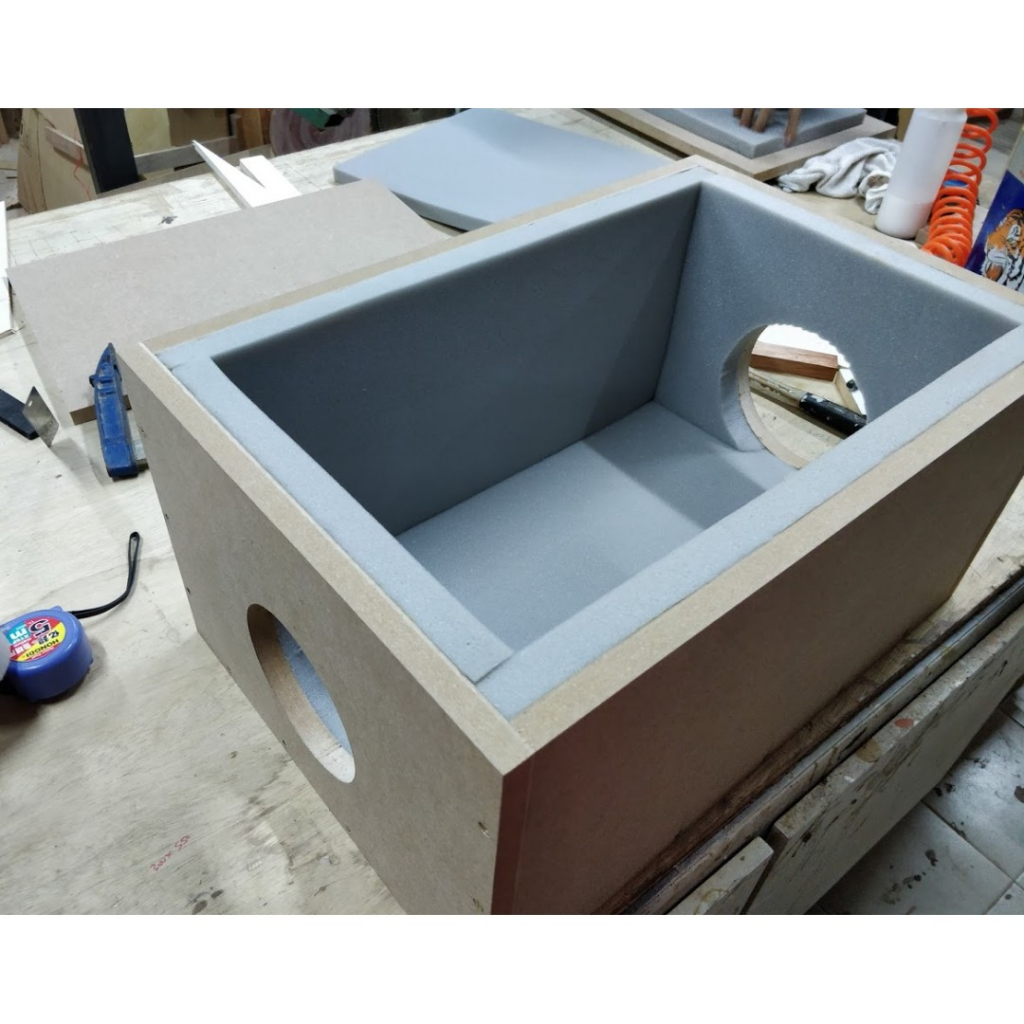
Frequency Considerations
When you are designing and building any sound proof box weather instrument or voice, you must first focus on the frequency of that sound source. The frequency of energy will determine the size of the box, the amount of treatment that will be used within the box, and the thickness required to mitigate the amount of energy that will leave or come into the box.
Instruments that produce lower frequency energies will require a much thicker and stronger material type than a sound proof box that will be used for vocals. The amount of energy or amplitude will determine the size and strength of the box. The amount of energy that you place within the box will determine how much sound absorption material to use and how thick it must be.
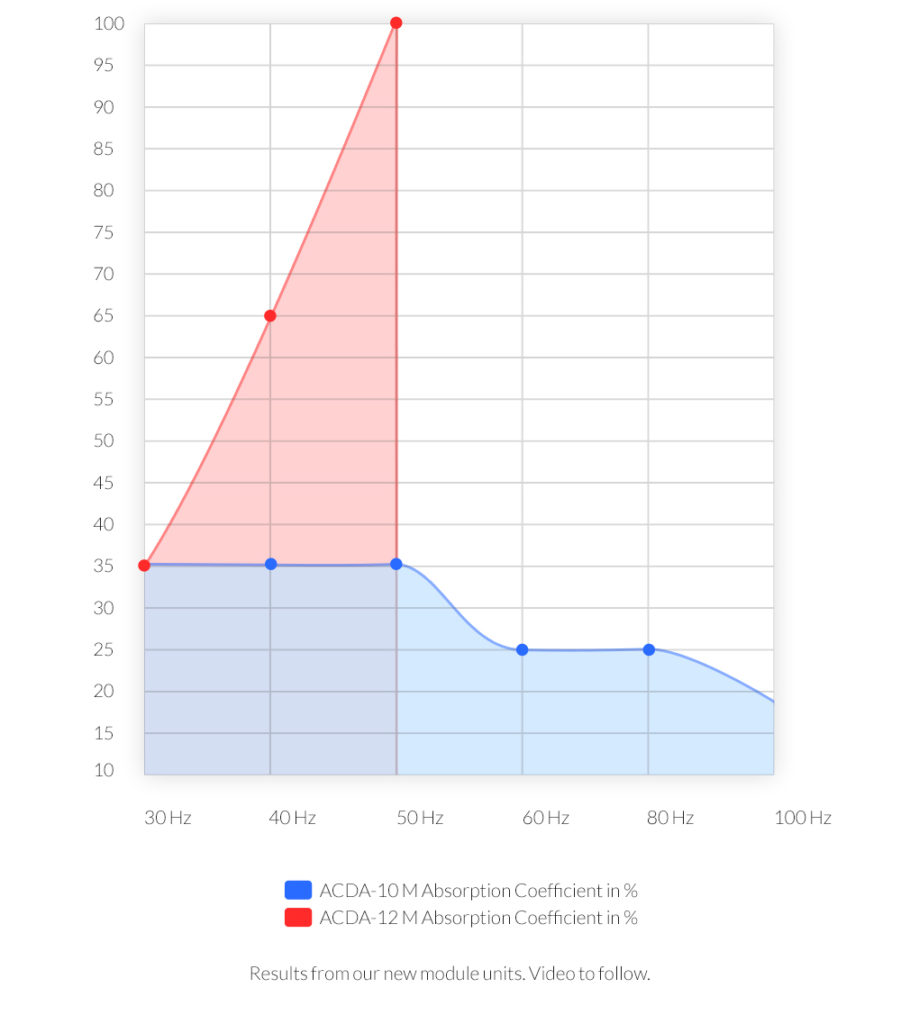
Shell, Absorption, and Diffusion
A soundproof box is just like a room that is used for critical listening. With any critical listening environment you must first have a shell or barrier that acts to minimize the noise leaving and entering the box or room. Once the barrier is in place, you must use absorption and diffusion inside the room to manage the energy that stays within the room.
The shell or barrier keeps the noise in and out of the room and the treatment inside manages both the lower frequency pressure inside the room along with the time signature of all reflections. In any small room you have two major energy issues that must be addressed. You have lower frequency pressure issues along with middle and high frequency reflection issues. We can assist you with any design processes.
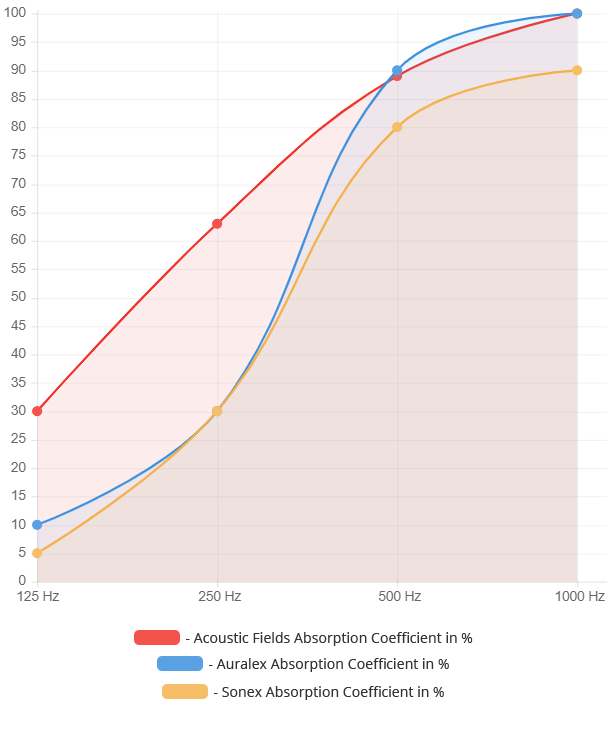
Customized Treatment
Both pressure and reflections require different treatment types. For lower frequency pressure issues we at Acoustic Fields use diaphragmatic absorption. Inside our diaphragmatic absorbers is our proprietary carbon technology which increases the rate of absorption. The cabinet depth on our ACDA series determines how low in frequency the unit will work at.
The carbon manages the rate of absorption within that designed for resonant frequency. Middle and higher frequency energy can be managed through the use of our absorption foam technology. Our foam technology has the smoothest rate and level of absorption of any foam in the marketplace and we have over 30 years experience with quadratic diffusion.


